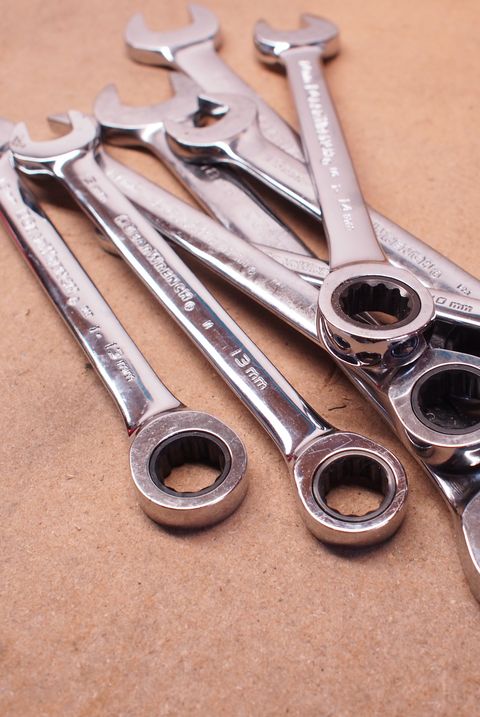
If you've ever tried smart home technology, then you probably have considered the cost-saving aspects it provides. It's possible you are wondering which features to add to your home and which ones work best. There are many options to automate your home, control lighting, and temperature, from the comfort of your couch. Learn more about the benefits of smart home technology and how to set up your own smart routines.
Here are the steps to setting up a smart house
Smart homes are a collection or devices that can be connected to one central hub via Wi-Fi, such as an Amazon Echo and Google Home. These devices are linked to the home network and other devices, such as alarm systems, appliances, and lights. These are the steps you need to follow to create a smart house. To get started, you will need to make a room-by–room list of all devices and capabilities.

Prices
There are many factors that can affect the cost of setting up smart homes. For as low as $600, you can purchase the most basic of smart home systems. But more complex systems can easily cost thousands. Additional costs such as installing Wi-Fi networks, additional lights, or multiple voice assistants can increase the price. You should factor these costs in if you're setting up a smart-home as part of a larger renovation project.
Compatibility
Compatibility plays a crucial role in setting up a smart-home. Although many devices can be used together, some may not work with others. You should ensure that your smart home controller is compatible with all your devices. Visonic and Tado are just a few examples. Check compatibility with the voice assistant platform you choose if you are considering buying a smart home.
Detectors
Detectors for smart homes are connected devices that detect activity in specific areas. A sensor can be connected to lighting, the thermostat, and video recording. Some sensors can also be connected to smart devices that automate your home. You can configure them to notify you and trigger actions depending on their respective features. They can be combined to form a multi-sensor. They can detect various activities such as motion and temperature and can even activate video recording.
Routines
You can set up multiple routines to control your smart home's lights and appliances when you first set it up. Routines make it easy to create and can be repeated many times. You can call your routines anything you want. They can be set up to follow a particular schedule or can be activated by a voice command. You can add multiple actions to your daily routine and arrange them according to their order.

Security systems
Security systems may be an option when you set up your smarthome. The security systems you install in your home are intended to protect your home against intruders. They detect motion and detect cracks in glass. Usually, security panels will have touchscreens with cameras and glass-break detection. Additional security features include window and door sensors that detect when doors and windows are opened. These devices can be mounted inside your house and are ideal for keeping valuables safe when you're not there.
FAQ
What are the requirements of an automotive technician?
You need to have high school diploma or GED and good grades in English as well as maths. You must also be able to read, and write. You will need to pass a written test and then go through a series of practical exams before being allowed to start work.
How can I fix my car as a hobby?
You might be interested in cars as a hobby. It is possible to learn about cars, repair them, purchase parts, or simply enjoy them. This would be a wonderful hobby if you're looking to find something completely different.
It isn't easy to turn it into a full time job. It requires a lot of hard work and dedication. Also, you will need to put a lot of money into it.
You might not have a compelling reason to get involved in the car industry.
What information do I need about car mechanics
You don't need to know anything about cars to work as an auto mechanic. Only you need to know how things work. This is why most people get started with simple jobs such as changing brake pads or tires. Then they move on to more difficult repairs.
It is important to be able to read and understand diagrams as well as written instructions. You'll also need to be able to judge whether parts need replacing or repairing.
It is important to remember that proper training and guidance are essential for anyone who attempts to repair vehicles. This is especially true for expensive components, such as transmissions and engines.
Even though you won’t need to know much more about cars, you will still need to have an in-depth understanding of mechanics and physics. This involves understanding how engines work and how brakes work.
Noting that all situations are possible, it is important to be prepared. For instance, you might find yourself in charge of a vehicle that has been in a serious accident. You will also need to be able to deal with accidents and breakdowns.
You should also be open to learning quickly. It is important to be able both to diagnose problems and perform simple maintenance tasks, such as tightening nuts.
Is it difficult to find a job as a mechanic in the automotive industry?
Yes, it can be very easy. Garages often advertise their jobs online and people just apply because it seems fun. If you want to get your foot in the door, you should try applying for a few places and see if they accept student applications. Another option is to ask family members and friends if anyone works in this industry. You might be able to refer someone.
What is the difference?
These two jobs are very similar but not identical. A mechanic repairs cars while an automotive technician does maintenance on them.
A mechanic must have good manual dexterity and be able to perform simple tasks quickly. They should also be able correctly diagnose and repair any problems.
An automotive technician requires more technical skills than a mechanic. They must be capable of reading blueprints and using tools such as drills, wrenches, etc.
They must be able and competent to safely perform complicated procedures. They must also be familiar with different types of engines and electrical systems.
They must also be capable of understanding how parts interact.
The result is that a mechanic often earns less than an auto technician. But there are many opportunities for both jobs.
What length is an automotive course?
A course in automotive lasts three years.
The first year focuses on theory and learning about cars. The second year is dedicated to practical training, where you will learn how to fix cars, drive them, and do other jobs around the car. The last year of your training is spent on practical training, where you learn how to fix real-world problems.
Statistics
- There were 749,900 jobs available for automotive service technicians and mechanics in 2016, which is expected to grow by six percent through 2026. (jobhero.com)
- Apprentice mechanics earn significantly less hourly than mechanics who have completed training, with a median wage of approximately $14.50 an hour, according to PayScale. (jobhero.com)
- According to the BLS, total auto technician employment is expected to exceed 705,000 by 2030. (uti.edu)
External Links
How To
How to protect yourself against auto mechanic frauds
Consumers are often victims of auto mechanic scamming. An average car repair bill costs $1,500 annually. This is a huge opportunity for people to take advantage of it. However, if you know what to look for, you can avoid becoming a victim. These are some ways to spot scammers before they take your money.
-
Never pay upfront. It's a scam to ask for payment upfront. It is best to ask for payment only after the work has been completed. If you have any doubts about whether something is legit, contact the Better Business Bureau (BBB), at 1-888-322-8138. They can give you advice about how to proceed.
-
Ask for references. It's a great way to verify that you're dealing directly with a service provider who is trustworthy. Online reviews are also a great way to verify the service provider's reputation. You should ensure that the business you do business with has a good reputation.
-
Background checks are essential. Do background checks before you hire anyone. You can check the BBB website for complaints about the business. Also, make sure that the license number of the vehicle belongs to the owner.
-
Do not be afraid to leave. Sometimes, even if the business appears legit, they will try to con you into paying too high. If you feel taken advantage of, don’t hesitate to quit. There are plenty of other businesses available to you.
-
Do not be lured into "free" service. Many companies offer free estimates or inspections. These companies usually charge exorbitant fees later. Be sure to ask about additional fees before signing anything.
-
Avoid being pressured. You shouldn't be pressured by companies that offer great deals. This is because they think they can make you pay less than you deserve. You should not be forced to buy anything if you find yourself in this situation.
-
High-quality products are what you want. It is important to look for high-quality parts when choosing a repair shop. If you are looking for new brake pads, don't choose a shop that sells cheap pads. Instead, go to a shop specializing in brakes.
-
Get multiple quotes. It's important to compare prices between different shops. You'll have a better chance of finding a fair price when you do so.
-
Keep track. It is important to keep track all details related to your repair. You should keep track of all details, including receipts, invoices, warranties, and other documentation. Any phone numbers or addresses you receive should be noted.
-
Stay informed